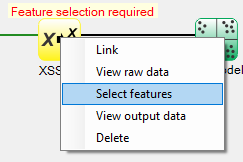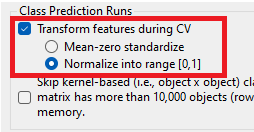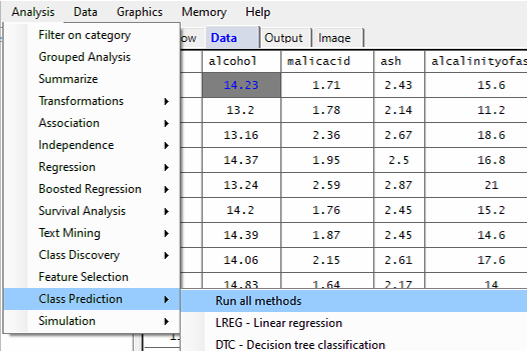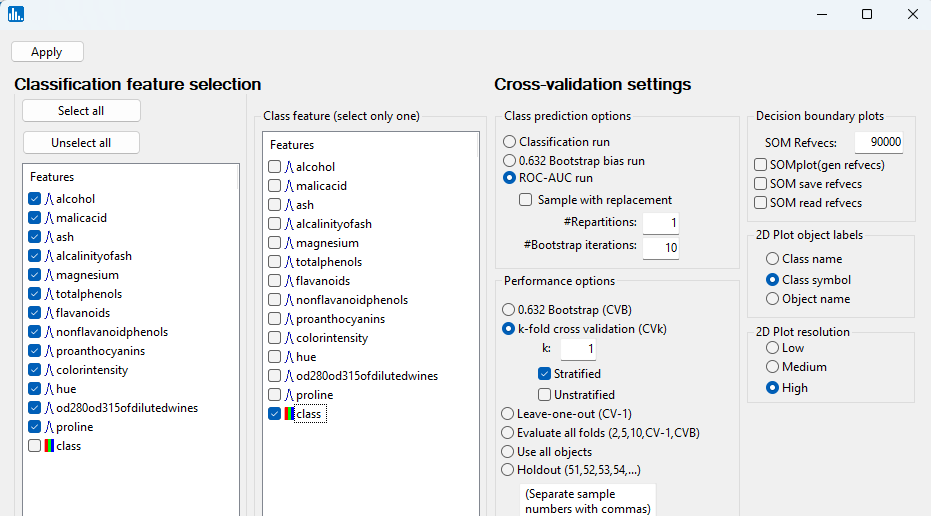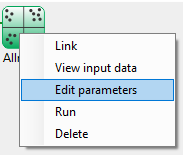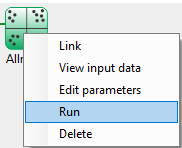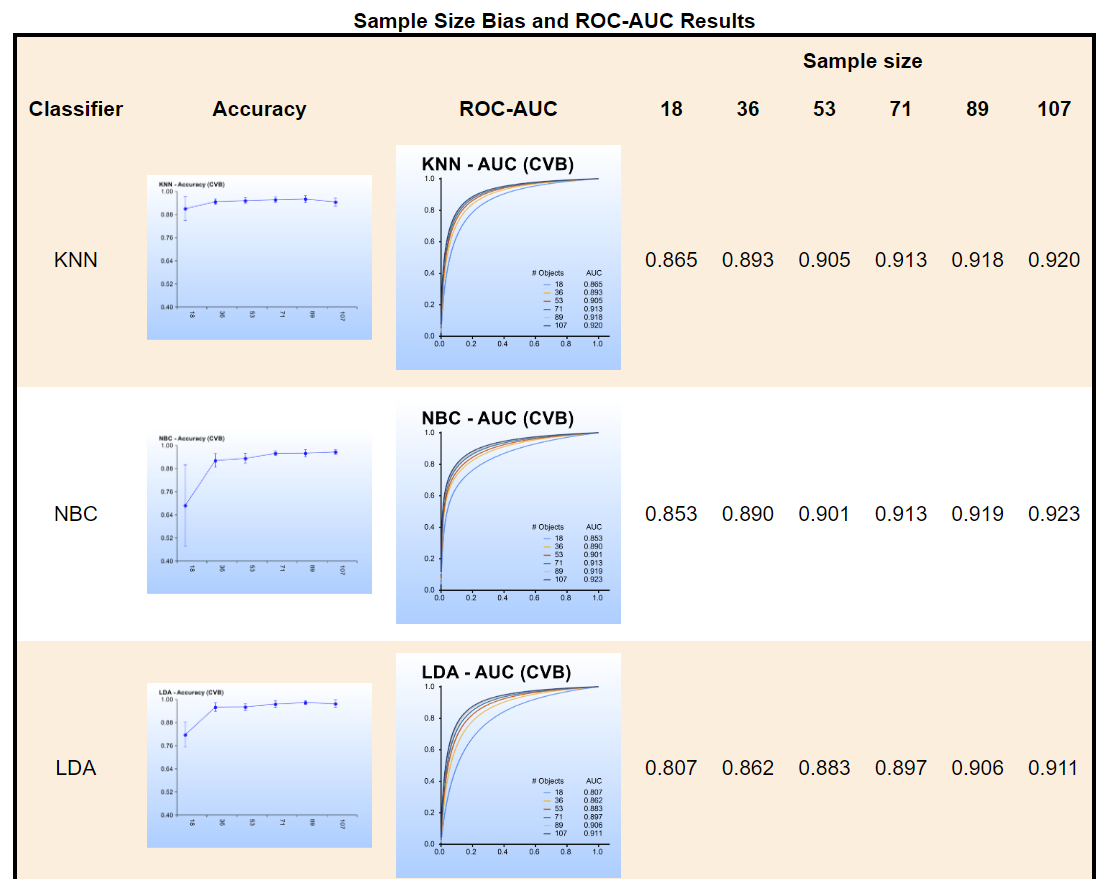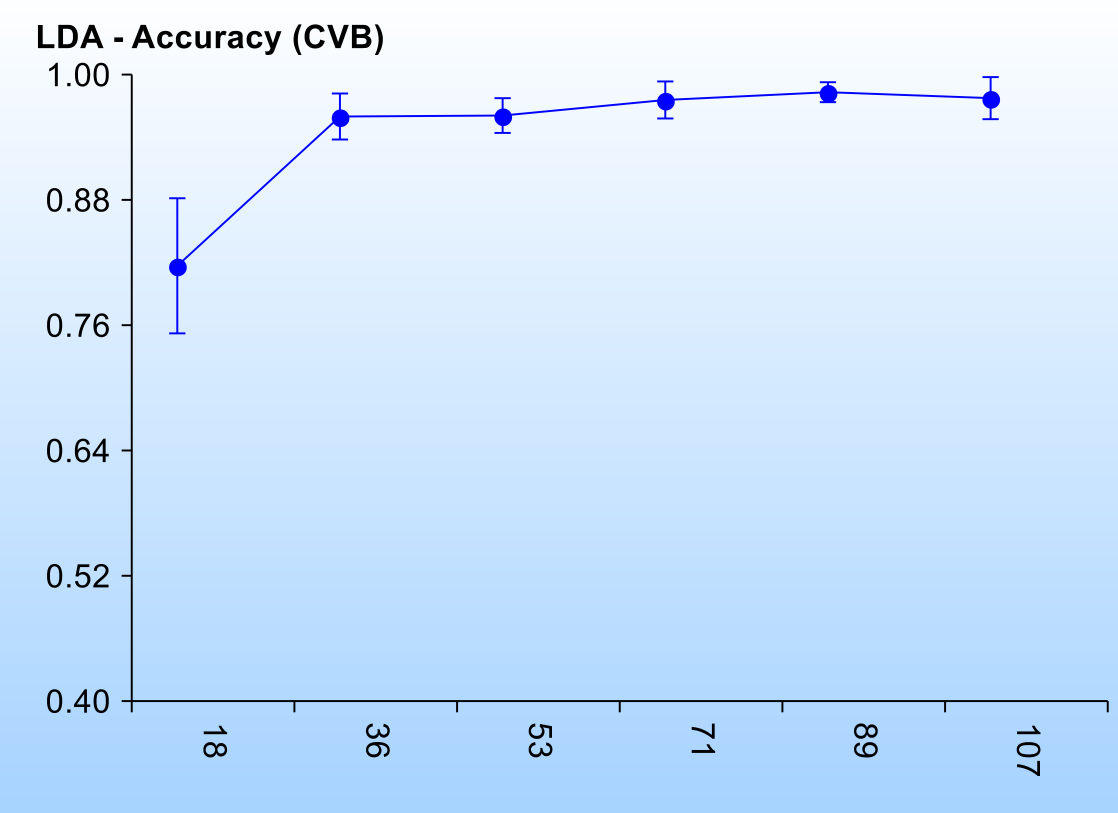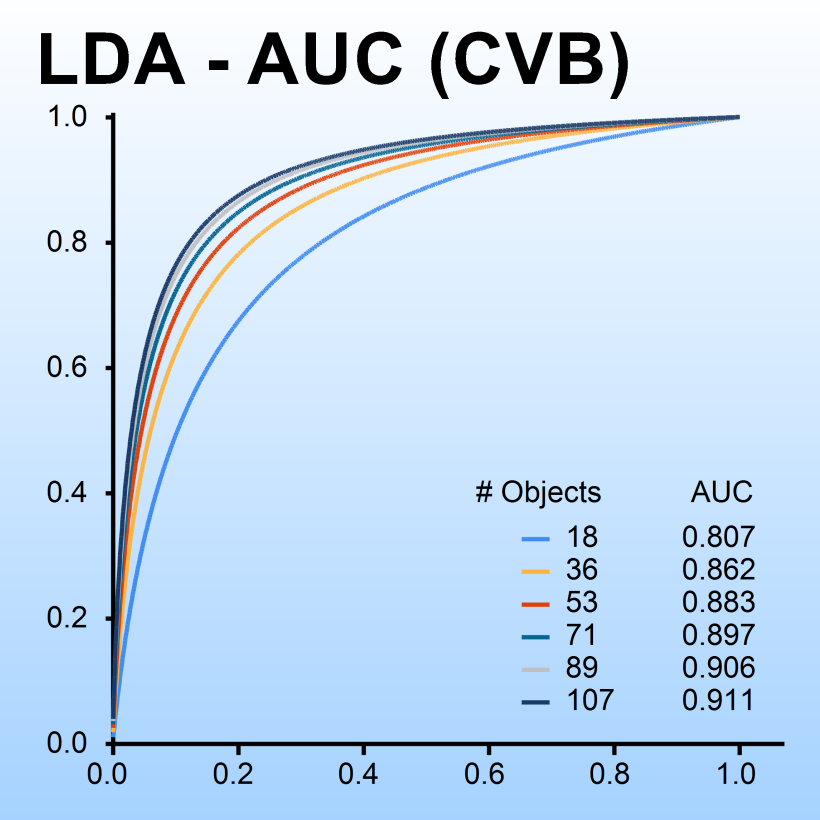To select features, right-click on the yellow XUSelect icon, and select Select features:
By pull-down menu:
Before starting the run, ensure that feature transformations (normalization or standardization) are turned on for class prediction runs. These options will instruct Explorer to use the results (min/max, and mean & s.d.) from the training data in training folds for normalization/standardization of feature values in test objects. It's inappropriate to normalize or standardize all objects in the dataset together, since this results in information leakage. By using results from training data for normalizing/standardizing feature values in the test fold, there is no information from training that's used in testing.
Therefore, select Preferences, then General default settings, and then select the following options which are outlined:
To select features, right-click on the yellow XUSelect icon, and select Select features:
A popup window for feature selection will then appear (left, below):
For this example run, we are using the 3-class wine.xlsx dataset, which is distributed with Explorer CE. To perform class prediction using all models or methods, in the Analysis pull-down menu, select Class Prediction and then Run all methods:
Select the features that are highlighted in the left panel below,and select class as the class feature, and accept all the other options:
After you click on Apply, the run will begin. After processing, the following icons will be visible:
When using the workflow (icons) for a run, to see the parameter selection popup window shown to the left, right-click on the green-colored run icon, and select Edit parameters:
Once processing has completed, you will see the following output icons:
When using the workflow (icons) for a pipeline, you can run all the tasks in the current workflow by clicking on the green-colored button shown below:
Otherwise, to run a single task in the workflow, then right-click on the specific green run-icon, and select Run:
Click on the ROC-AUC icon, and you will see the following html file containing plots of mean and s.d. of accuracy and ROC-AUC as a function of random sample size:
If you click on on the LDA Accuracy icon, you will see a plot of the mean and s.d. of accuracy for the LDA classifier as a function of randomly drawn sample size:
Click on the LDA - AUC icon, and you will see a series of ROC curves for the various randomly drawn sample sizes for the LDA classifier:



